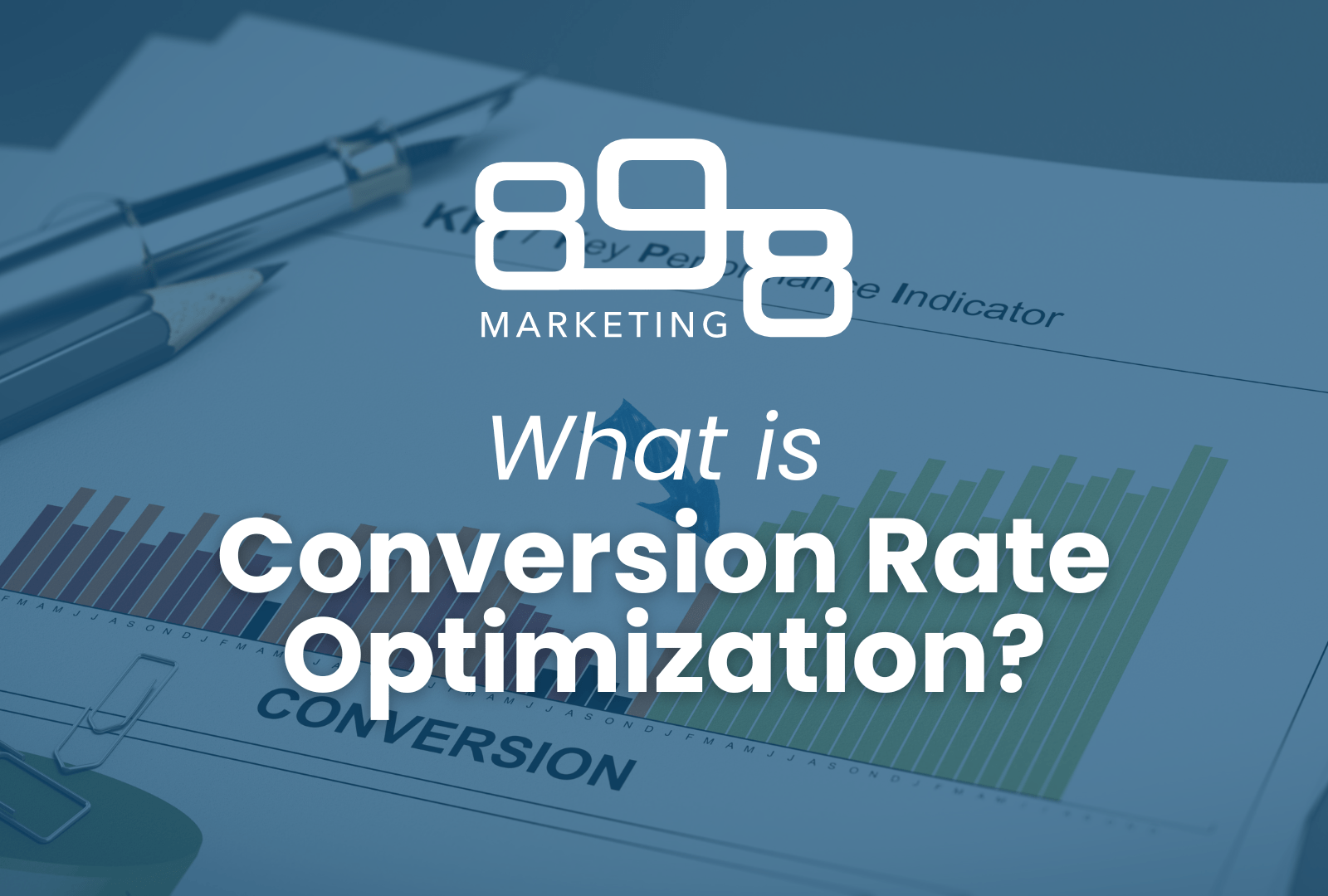
Digital Marketing Acronyms to Live By – Updated
Oftentimes when looking at campaign performance, digital marketers use terms to help measure the success of a campaign. Many of these terms were created by marketers as a form of shorthand when communicating with each other or putting together a report. These shorthand acronyms have now made their way into meetings, boardrooms, strategies, and reports to show campaign performance. So, what do these acronyms mean and why are they important? Here is a short list of some of the most common acronyms we use, and what they mean.
KPI (Key Performance Indicator)
KPIs are the first thing we look at when putting together a campaign. These are the outcomes or goals we look at as the campaign is running and once the campaign has finished to determine the success of a campaign. Some of the most common KPIs we look at are impressions, website traffic, website conversions, and sales.
CPM (Cost Per Thousand Impressions)
A CPM is the most common way of pricing digital advertising. The CPM is the cost per 1,000 impressions, so, it simply means you will pay $X for every 1,000 ad views.
Formula: total cost =((total impressions x CPM)/1,000.)
CPC/PPC (Cost Per Click/Pay Per Click)
Used interchangeably, CPC and PPC is another way of pricing digital advertising. When bidding on search terms you will either pay a predetermined or a dynamic cost/price per click. For example if you are running a CPC campaign you will pay $X every time someone clicks on your ad. Keep in mind that if the same user clicks on the ad three times you will pay for all 3 clicks.
Formula: total cost = (clicks x CPC)
CTA (Click To Action)
CTA, or Call-to-Action, is a strategic prompt designed to encourage an immediate response or specific action from the audience. It serves as a clear directive in marketing materials, urging users to engage, click, subscribe, or make a purchase, ultimately driving desired conversions.
CTR (Click Through Rate)
CTR is generally a KPI we set at the beginning of a campaign. CPC is the number of clicks your ad receives divided by the number of times your ad has been shown. The CTR percentage allows you to measure the engagement with your ad. The higher the percentage, the higher the engagement.
Formula: CTR percentage=((clicks/impressions) x 100)
SEO (Search Engine Optimziation)
VTC (View Through Click)
VTC helps you measure the effectiveness of your ad campaign. A view through click would mean that a customer saw your ad, did not click, but later visited your website and converted.
As digital marketers, we are always tossing around terms that may seem a bit confusing to others, but they don’t have to be. The truth is, when broken down, most of these terms are easy to grasp. When executed properly, they can pay huge dividends for your business. We hope this little guide will help you in your digital marketing efforts!
UX (User Experience)
ABOUT THE AUTHOR
 Ryan Peplowski is the Digital Marketing Manager at 898 Marketing. Ryan implements web, search engine optimization, data analytics, and content strategies throughout various digital channels for 898 Marketing and it’s clients. Ryan is a native of Youngstown, Ohio, and a graduate of Youngstown State University with a Bachelor of Arts in Communications and a minor in Business Marketing.
Ryan Peplowski is the Digital Marketing Manager at 898 Marketing. Ryan implements web, search engine optimization, data analytics, and content strategies throughout various digital channels for 898 Marketing and it’s clients. Ryan is a native of Youngstown, Ohio, and a graduate of Youngstown State University with a Bachelor of Arts in Communications and a minor in Business Marketing.
 Ryan Peplowski is the Digital Marketing Manager at 898 Marketing. Ryan implements web, search engine optimization, data analytics, and content strategies throughout various digital channels for 898 Marketing and it’s clients. Ryan is a native of Youngstown, Ohio, and a graduate of Youngstown State University with a Bachelor of Arts in Communications and a minor in Business Marketing.
Ryan Peplowski is the Digital Marketing Manager at 898 Marketing. Ryan implements web, search engine optimization, data analytics, and content strategies throughout various digital channels for 898 Marketing and it’s clients. Ryan is a native of Youngstown, Ohio, and a graduate of Youngstown State University with a Bachelor of Arts in Communications and a minor in Business Marketing.







Recent Comments